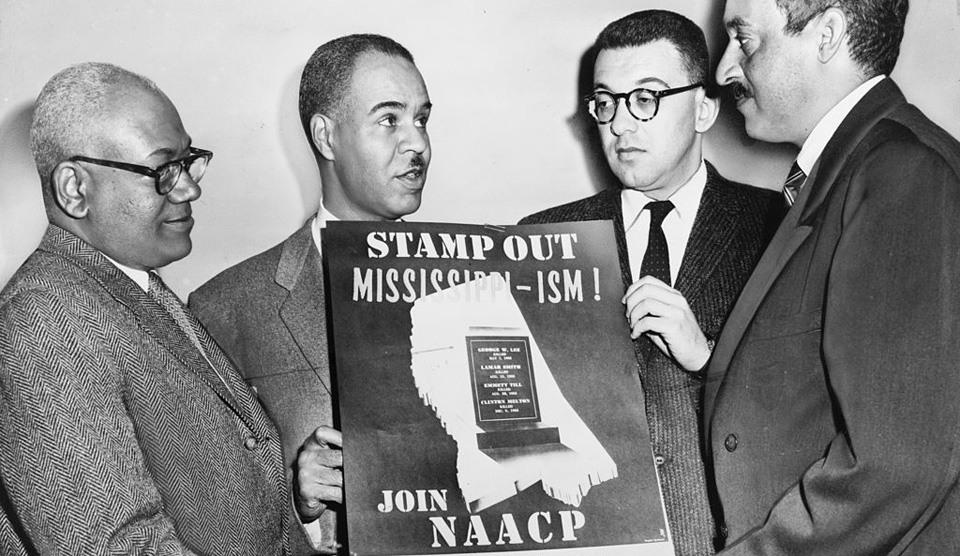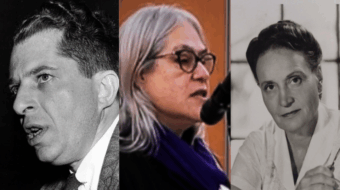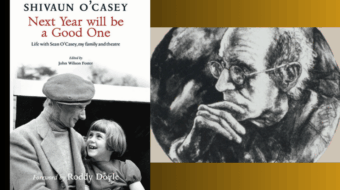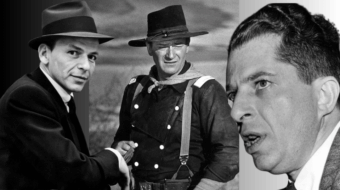
The 50th anniversaries of two mighty events in Supreme Court history are celebrated this week:
Few cases were more aptly named than Loving v. Virginia, which pitted an interracial couple–17-year-old Mildred Jeter, who was black, and her childhood sweetheart, 23-year-old white construction worker, Richard Loving–against Virginia’s “miscegenation” law, the Racial Integrity Act of 1924, banning marriage between blacks and whites. After marrying in Washington, D.C., and returning to their home state in 1958, the couple was charged with unlawful cohabitation and jailed.
The Lovings left Virginia and went to live with relatives in Washington, D.C. When they returned to visit family five years later, they were arrested for traveling together. Inspired by the civil rights movement, Mildred Loving wrote to Attorney General Robert F. Kennedy for help. The couple was referred to the ACLU, which represented them in the landmark Supreme Court case, Loving v. Virginia. The Court ruled unanimously on June 12, 1967, that state bans on interracial marriage were unconstitutional.
The decision was followed by an increase in interracial marriages across the U.S., and is remembered annually on Loving Day, June 12. It has been the subject of several songs and three movies, including the 2016 film Loving. Beginning in 2013, it was cited as precedent in U.S. federal court decisions holding restrictions on same-sex marriage in the United States unconstitutional, including in the 2015 Supreme Court decision Obergefell v. Hodges.
The trailer to the movie Loving can be viewed here. See also a review in PW here.
And on June 13th…
On the following day, June 13, 1967, President Johnson nominated Thurgood Marshall as an Associate Justice to the United States Supreme Court. Marshall (1908-1993) was confirmed by a Senate vote of 69–11 on August 30, 1967, the 96th person to hold the position, and the first African American. He served from October 1967 until October 1991.
Before becoming a judge, Marshall was a lawyer who was best known for his high success rate in arguing before the Supreme Court and for the victory in Brown v. Board of Education, a 1954 decision that ruled that segregated public schools were unconstitutional. He served on the U.S. Court of Appeals for the Second Circuit after being appointed by President John F. Kennedy. He was appointed as the Solicitor General by President Lyndon Johnson in 1965.
Over his 24 years on the Court, Marshall compiled a liberal record that included strong support for Constitutional protection of individual rights, especially the rights of criminal suspects against the government. His most frequent ally on the Court was Justice William Brennan, who consistently joined him in supporting abortion rights and opposing the death penalty.
Marshall once bluntly described his legal philosophy in this way: “You do what you think is right and let the law catch up,” a statement which his conservative detractors argued was a sign of his embrace of judicial activism, but which was in reality a simple recognition that society often moves a few steps ahead of precedent. In fact, that is how progress happens.
Sources: ACLU, Wikipedia
Photo: Holding a poster against racial bias in Mississippi in 1956, are four of the most active leaders in the NAACP, from left: Henry L. Moon, director of public relations; Roy Wilkins, executive secretary; Herbert Hill, labor secretary; and Thurgood Marshall, special counsel / World Telegram & Sun photo by Al Ravenna.










